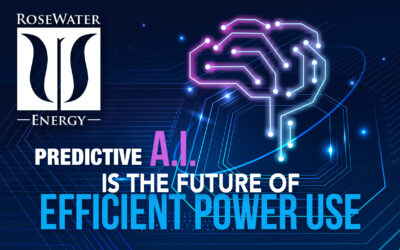With increasing frequency, we hear about power outages across the country. Fires, storms, failing transformers, power line breaks and my personal favorite, planned power outages. Makes me wonder what century we are living in. Of course, there are also the anomalies that are not reported, such as voltage drops, voltage spikes, micro outages, and deviation in frequency. All these power issues can create problems for your home and business.
At the same time, our homes and businesses are becoming more and more dependent on the ability to store, access and analyze data. We are more and more dependent on our control, communication, and networked systems – especially for our entertainment. Microprocessors are the engines that make all these conveniences possible. Microprocessors function best and last longer in a stable power quality environment.
As our need for power quality increases, power quality is diminishing. Utilities are scrambling to add solar, wind, and battery solutions to meet demand yet they still cannot provide the consistency we need for our electronics to operate to their fullest potential.
What will this look like in the next 5 to 10 years? This is a question we should all be asking.
Let’s look at some trends:
- Our population is getting older
- Our population is shifting from colder climates to warmer climates, Texas and Florida to now being number two and number three in population.
- More and more people will be working from home.
- Video conferencing has become commonplace.
- Streaming content is the new normal.
- Bigger cities and coastal communities are going vertical (more high rises).
- Cloud storage and cloud computing have become commonplace.
- Nearly impossible to build a new power plant (20 years just in permitting).
- Renewable integration
As people become empty nesters, they tend to cluster into communities with other empty nesters. We are now seeing similar migrations to suburban living from urban centers as people realize that work from home is going to be around for a while (or forever). These migrations increase population density which in turn puts more strain on our energy grid.
- As states rapidly increase in population, they require more power. More power, more grid stress. As a Florida resident, I can attest to the power issues caused by this explosive growth.
- As more people work from home, residential power quality becomes critical to our economy.
- Video conferencing is critical to the success and productivity of the home office.
- The music and film industries continue to move towards “in-home” releases of new content.
- As people move towards vertical living population density increases. As population density increases power demand increases.
- The inability to build new power plants coupled with the instability created by the integration of renewables (the subject of a future article), is already creating, and will continue to create, significant power quality problems.
- As bleak as this might sound, I believe the next five to ten years will hold tremendous opportunities for power quality experts.
- Our population will not sit around and wait for a national solution to this problem. How long have we been promised an infrastructure bill?
- Individuals and businesses are beginning to look for power solutions now and that trend will continue to grow.
- The solutions will involve inverters, batteries, generators and some renewables.
- The solutions will be highly decentralized right down to individual homes.
- Highly decentralized solutions will make the grid more stable and our existing infrastructure more efficient.



